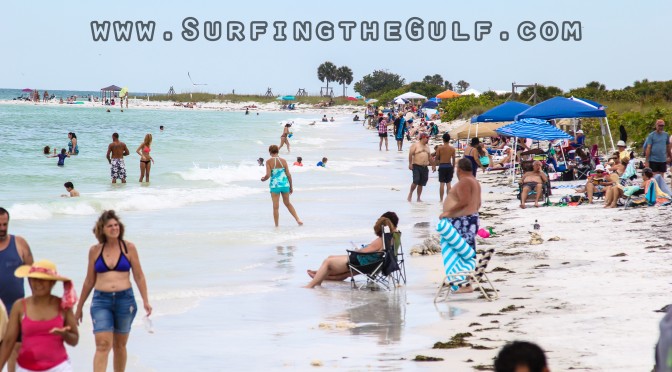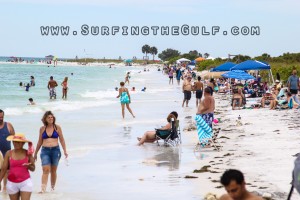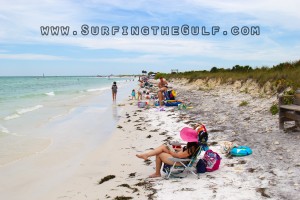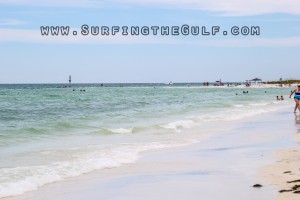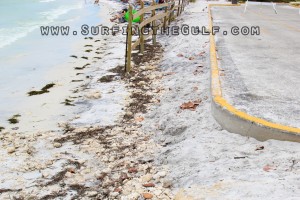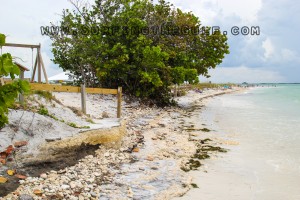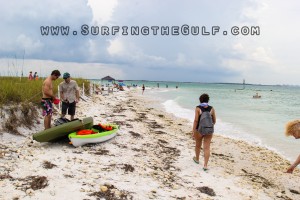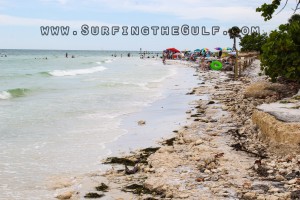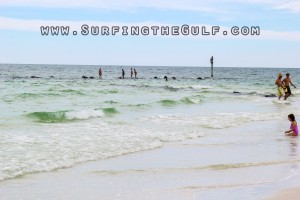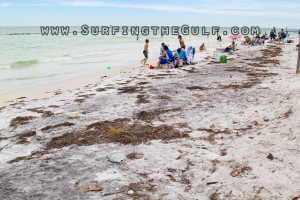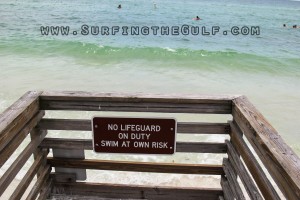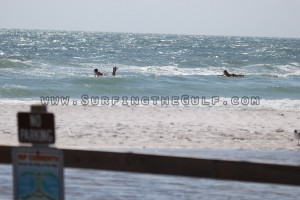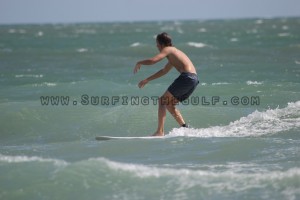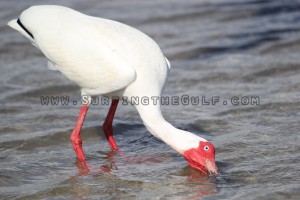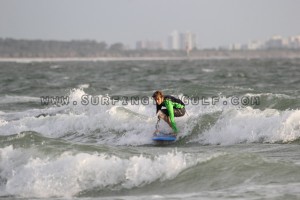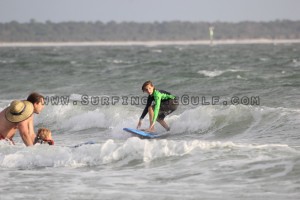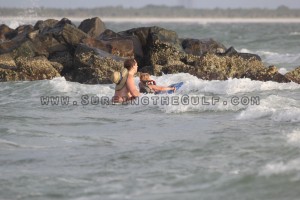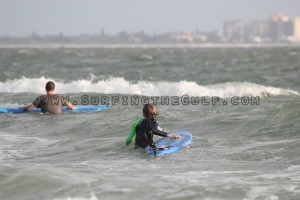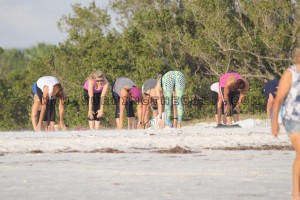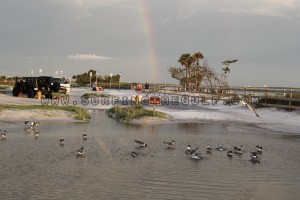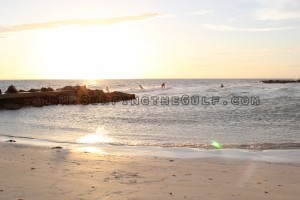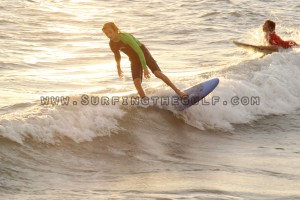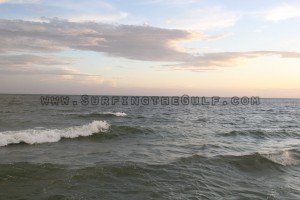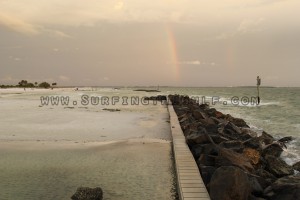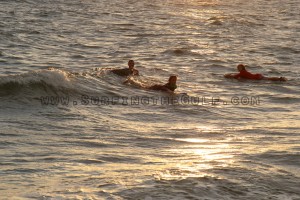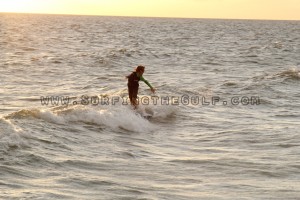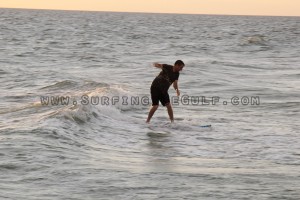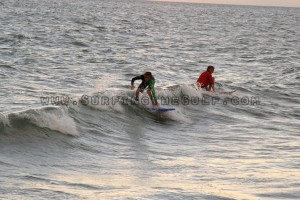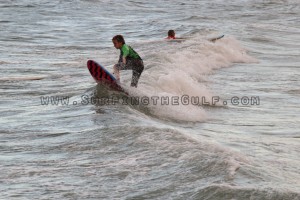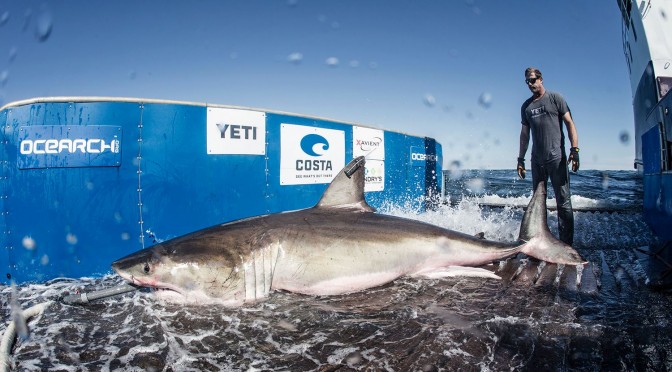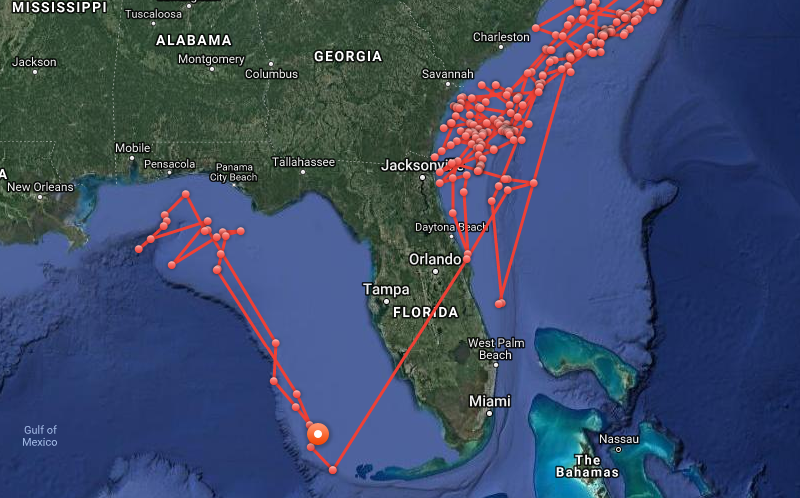This is a gallery showing the little sand left at Honeymoon Island State Park since the dredge/fill beach renourishment, and t-groins were added. Conceptually, these rock t-groins, which were actually experimentally tried here first in the county, were supposed to be holding sand on the south side of the groin. The sand was also supposed to be transplanted to the area in front of the Cafe at Honeymoon Island. That means, in the pictures from the gallery, there’s supposed to be sand in front of the parking lot where you see water almost washing away the parking lot, at the end of the boardwalk were the water is washing under the boardwalk, and on the south side of the groin in general. There isn’t. The idea is that there be a beach for people to use. Of course, Florida is made of sand, so there will always be sand here. On the low tide you will always see sand. When we talk about beach we’re talking about the part where the high tide doesn’t touch. You can see from the pictures there isn’t any beach left. The parking lot will soon be dismantled like it was at the north lot years ago. The irrational idea that these t-groins are working is just absolutely absurd, and anyone who suggests it to you is out of their mind.
They Lied To You – There’s No More Left – T-groins Are Ineffective
This is a gallery showing the little sand left at Honeymoon Island State Park since the dredge/fill beach renourishment, and t-groins were added. Conceptually, these rock t-groins, which were actually experimentally tried here first in the county, were supposed to be holding sand on the south side of the groin. The sand was also supposed to be transplanted to the area in front of the Cafe at Honeymoon Island. That means, in the pictures from the gallery, there’s supposed to be sand in front of the parking lot where you see water almost washing away the parking lot, at the end of the boardwalk were the water is washing under the boardwalk, and on the south side of the groin in general. There isn’t. The idea is that there be a beach for people to use. Of course, Florida is made of sand, so there will always be sand here. On the low tide you will always see sand. When we talk about beach we’re talking about the part where the high tide doesn’t touch. You can see from the pictures there isn’t any beach left. The parking lot will soon be dismantled like it was at the north lot years ago. The irrational idea that these t-groins are working is just absolutely absurd, and anyone who suggests it to you is out of their mind.
